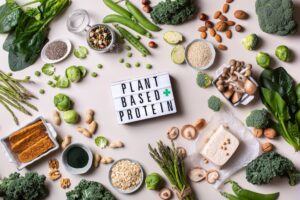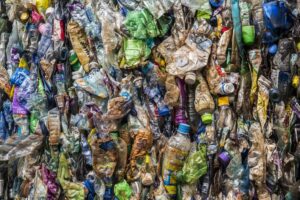What Are Autoimmune Disorders?
Autoimmune disorders occur when the body’s immune system mistakenly attacks healthy tissues, treating them as threats. Conditions like lupus, rheumatoid arthritis, multiple sclerosis, Crohn’s disease, and Type 1 diabetes are all examples. While genetics play a role, environmental factors are now recognized as major triggers.
The Growing Connection Between Environment and Autoimmunity
Autoimmune disorders have risen dramatically in recent decades, especially in industrialized countries. Researchers believe the increase is too rapid to be explained by genetics alone, pointing instead to environmental changes that are disrupting immune function.
1. Chemical Exposure
- Pesticides, herbicides, and industrial pollutants may trigger or exacerbate autoimmune responses
- Heavy metals like mercury, lead, and cadmium have been linked to immune dysfunction
- Common household cleaners and synthetic fragrances may also play a role
2. Air and Water Pollution
- Particulate matter (PM2.5), ozone, and nitrogen dioxide from fossil fuel emissions have been connected to systemic inflammation
- Contaminated water sources with endocrine disruptors and pharmaceutical residues may influence immune activity
3. Microbiome Disruption
- Over-sanitization, antibiotic overuse, and processed foods can all harm beneficial gut bacteria
- Since 70% of the immune system resides in the gut, this disruption can throw off immune regulation
4. Climate Change and Environmental Stress
- Extreme heat, cold, and pollution events can trigger flares in people with existing autoimmune diseases
- Changes in environmental conditions may influence the expression of autoimmune genes (epigenetics)
Vulnerable Populations
- Women are disproportionately affected by autoimmune diseases
- Low-income communities face greater exposure to environmental pollutants
- Children may be more susceptible to lifelong impacts from early exposure
Signs the Environment May Be Contributing
- Rising autoimmune rates in urban and industrial regions
- Increased diagnoses in populations with high environmental toxin exposure
- Correlation between chemical-heavy agricultural zones and autoimmune prevalence
What Can Be Done?
1. Reduce Personal Toxin Load
- Choose organic produce and natural cleaning products
- Avoid plastics with BPA, phthalates, and parabens
- Use air and water filters when possible
2. Support the Microbiome
- Eat high-fiber, diverse, plant-rich diets
- Limit use of unnecessary antibiotics
- Avoid over-sanitization and allow healthy microbial exposure
3. Advocate for Cleaner Environments
- Support environmental protection policies
- Encourage chemical safety regulations and corporate transparency
- Push for clean energy and reduced emissions
Common Questions
Are autoimmune disorders caused by pollution?
Not directly, but pollution is a significant risk factor that can trigger or worsen immune dysfunction in predisposed individuals.
Can diet reverse autoimmune symptoms?
Diet can help manage inflammation and support immune balance, but it’s not a cure. A healthy gut and reduced toxin exposure can make a big difference.
What is the hygiene hypothesis?
It’s the idea that too much cleanliness in modern societies reduces microbial exposure, weakening immune tolerance and increasing autoimmune risk.
Can autoimmune disorders be prevented?
They can’t always be prevented, but reducing environmental triggers and supporting a strong microbiome may lower risk.
Final Thoughts
The surge in autoimmune diseases is a warning sign—our immune systems are reacting to a world increasingly filled with toxins, pollution, and microbial imbalance. While we can’t control every exposure, we can make informed decisions to protect our bodies and advocate for a cleaner planet.
Environmental healing is immune system healing. By addressing the root causes, we can begin to rewrite the future of health and sustainability.









Reader Interactions